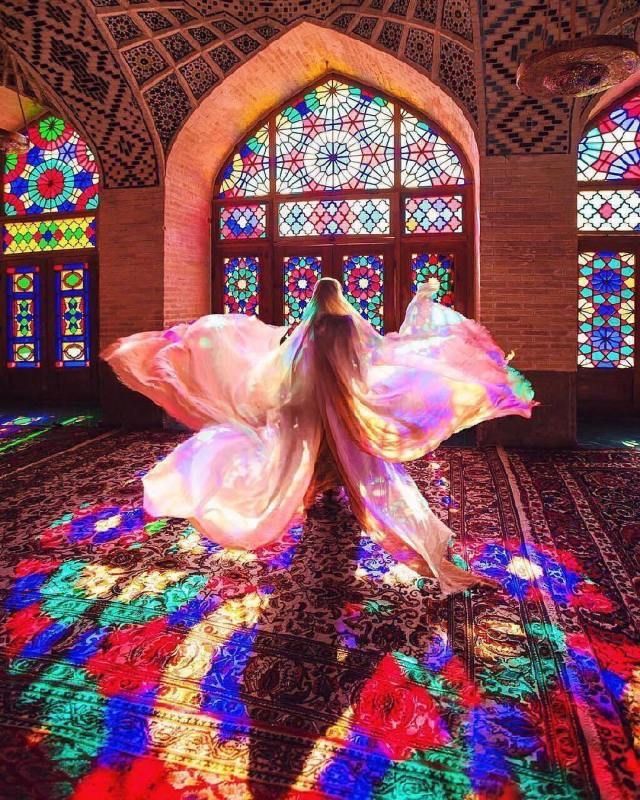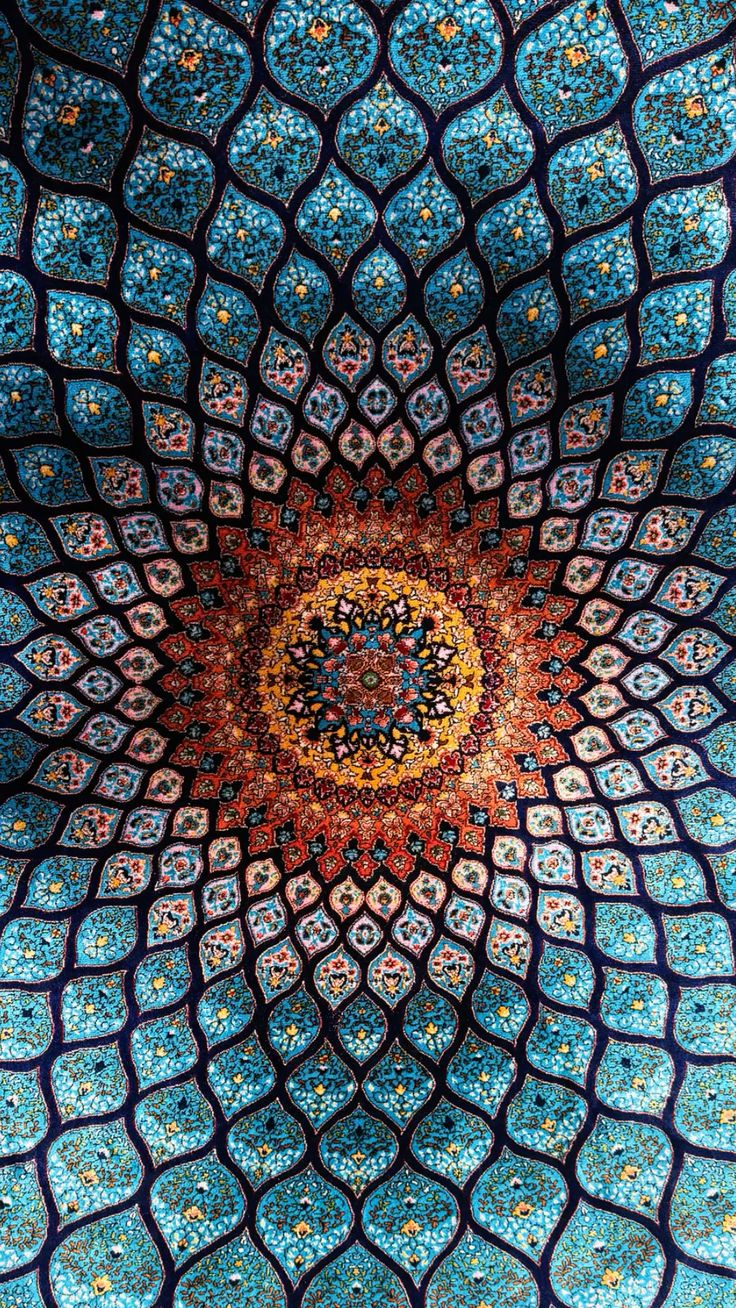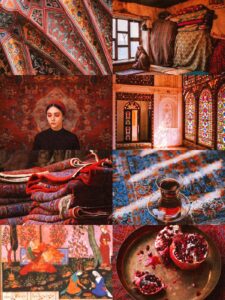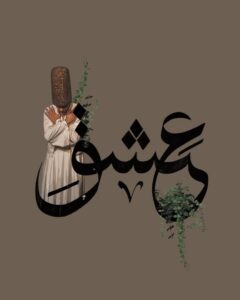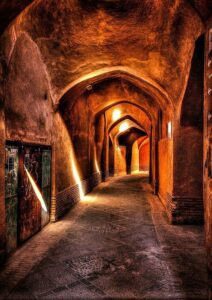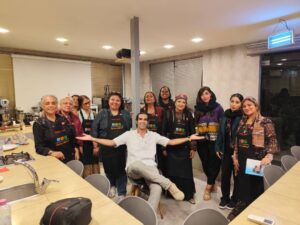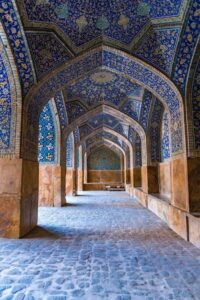Traveling through Iran is like entering a dream made of light and color. Among all the colors you see—earthy reds of deserts, golden tones of bazaars, and green shades of gardens—one color stands out the most: Persian blue. This shade, often turquoise or deep cobalt, covers the domes of mosques, the walls of shrines, and even the courtyards of homes. It is more than decoration. It is a language of beauty, faith, and harmony that has shaped Persian architecture for centuries.
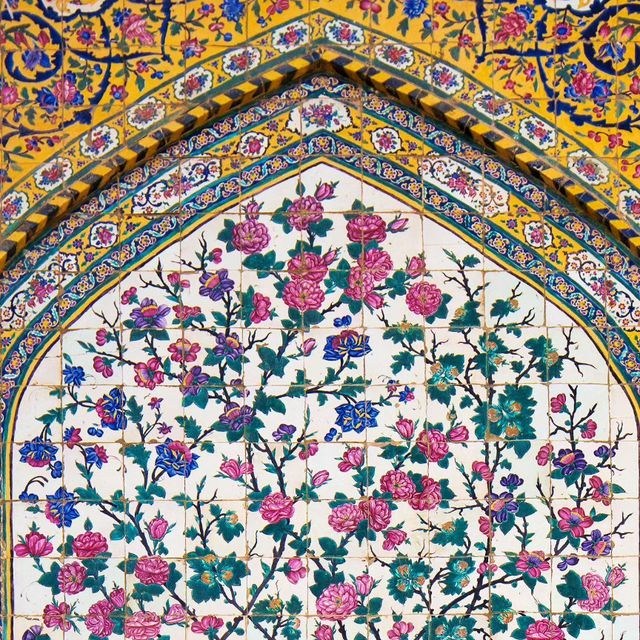
The Story of Blue
In Persian culture, blue is not just a color of the sky or the sea. It is a symbol of infinity, peace, and the spiritual world. When architects and artists used turquoise tiles on mosques, they wanted to remind worshippers of heaven above. Looking at a blue dome rising against the sky feels like watching earth and heaven meet. The effect is calming, humbling, and uplifting at the same time.
In homes, turquoise was believed to protect against negative energy and bring balance. That is why fountains in courtyards were often decorated with blue tiles, so that the sound of water and the sight of blue together created a peaceful atmosphere for families.
Walking into a Blue World
Imagine stepping inside Shah Mosque in Isfahan. As soon as you pass through the gates, your eyes are surrounded by endless shades of blue. The sunlight plays with the tiles, making them sparkle like the surface of water. You hear your footsteps echo softly in the high domes, and every whisper seems to linger in the air. When you place your hand on the cool tile walls, you feel the smooth touch of history—hundreds of years of craftsmanship, glaze, and devotion.
In Shiraz, the Nasir al-Mulk Mosque (the Pink Mosque) combines colorful stained glass with turquoise tiles. When the morning sun shines through the windows, the colors dance on the blue walls, creating a living rainbow. The experience is not just visual—it is spiritual. Many travelers describe it as walking inside a dream made of light.
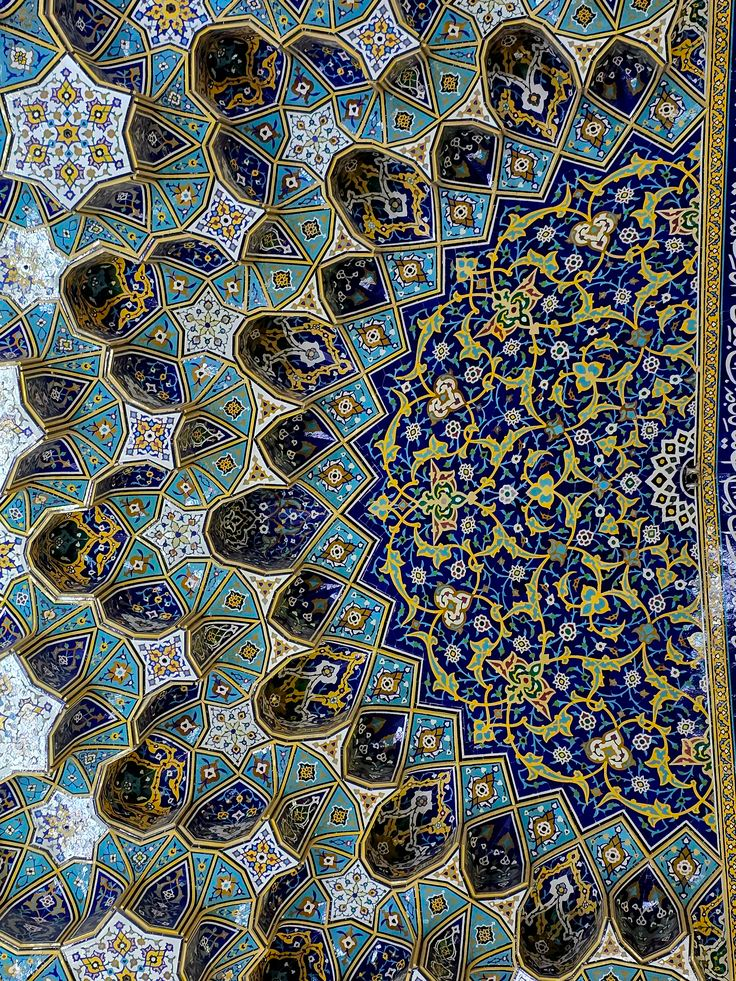
Walking into a Blue World
Imagine stepping inside Shah Mosque in Isfahan. As soon as you pass through the gates, your eyes are surrounded by endless shades of blue. The sunlight plays with the tiles, making them sparkle like the surface of water. You hear your footsteps echo softly in the high domes, and every whisper seems to linger in the air. When you place your hand on the cool tile walls, you feel the smooth touch of history—hundreds of years of craftsmanship, glaze, and devotion.
In Shiraz, the Nasir al-Mulk Mosque (the Pink Mosque) combines colorful stained glass with turquoise tiles. When the morning sun shines through the windows, the colors dance on the blue walls, creating a living rainbow. The experience is not just visual—it is spiritual. Many travelers describe it as walking inside a dream made of light.
Blue at Home
Persian blue did not only belong to kings and mosques. In traditional houses, you often find courtyards with turquoise fountains and walls decorated with glazed tiles. Picture yourself sitting in such a courtyard on a summer night. You hear the soft trickle of water, smell mint and basil growing in clay pots, and watch how the last rays of the sun touch the blue tiles. The scene feels timeless, as if the world outside has paused. This was the everyday poetry of Persian life, where beauty and peace met at home.
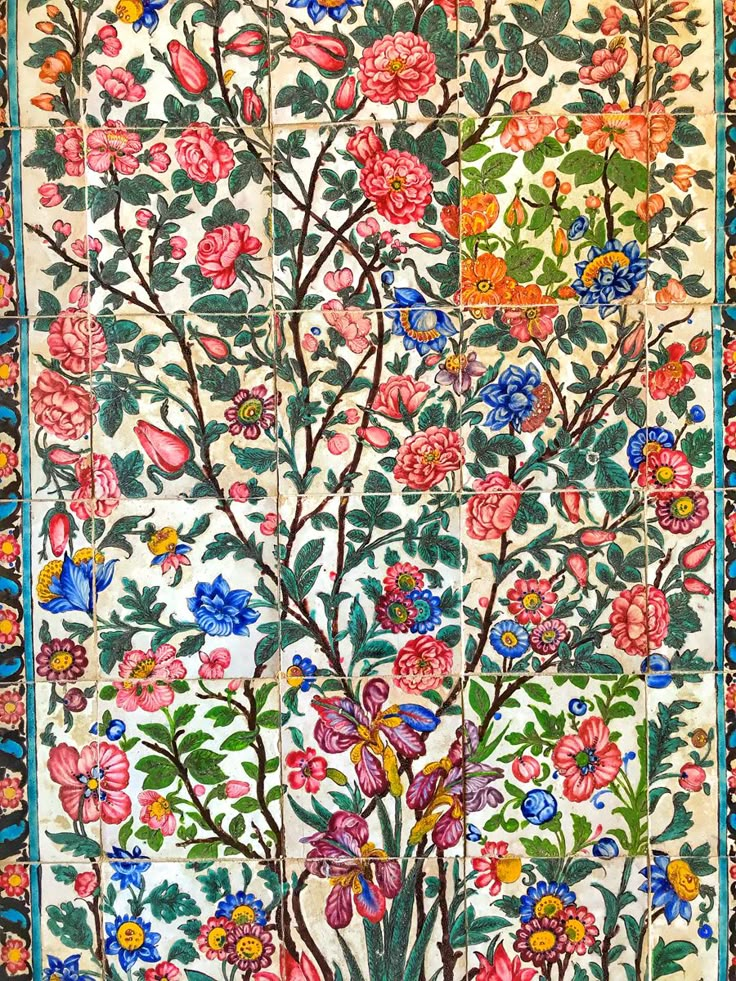
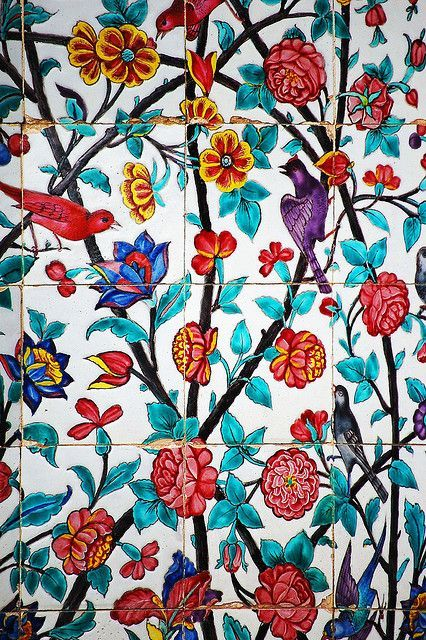
A Photographer’s Paradise
For today’s traveler, Persian blue is also an invitation to capture unforgettable moments. A video of sunlight moving across the turquoise dome of Sheikh Lotfollah Mosque, a slow-motion shot of water rippling in a tiled fountain, or even a simple photo of your reflection in a wall of blue tiles can become memories that speak louder than words. On platforms like Instagram, WeChat, or Pinterest, these images tell stories of serenity, beauty, and culture.
Why It Matters
The language of tiles is still alive today. Iranian craftsmen continue to create new works, using techniques passed down through generations. By visiting these mosques, shrines, and old homes, travelers not only see art—they feel the spirit behind it. The blue tiles remind us that architecture is not only about walls and roofs; it is about touching the human soul.
So next time you enter a Persian mosque or sit in a traditional courtyard, pause for a moment. Let the colors surround you, listen to the sound of water, and feel the smoothness of the tiles under your hand. The language of blue is universal. It speaks to the heart, reminding us that beauty has the power to calm, inspire, and connect us all.
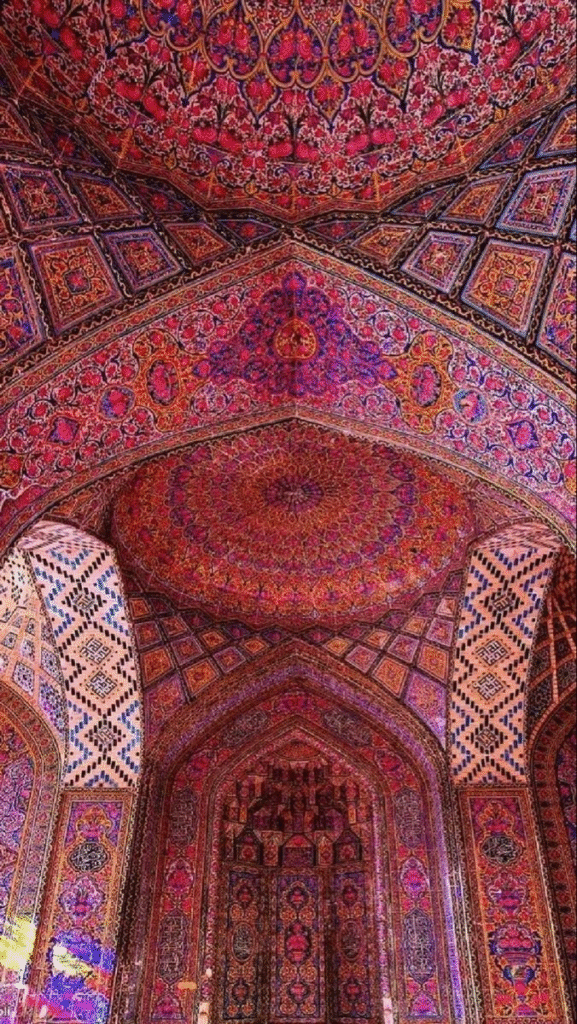
from:
- 📍 Iran, Kashan, Qeshm Island, Tehran
from:

